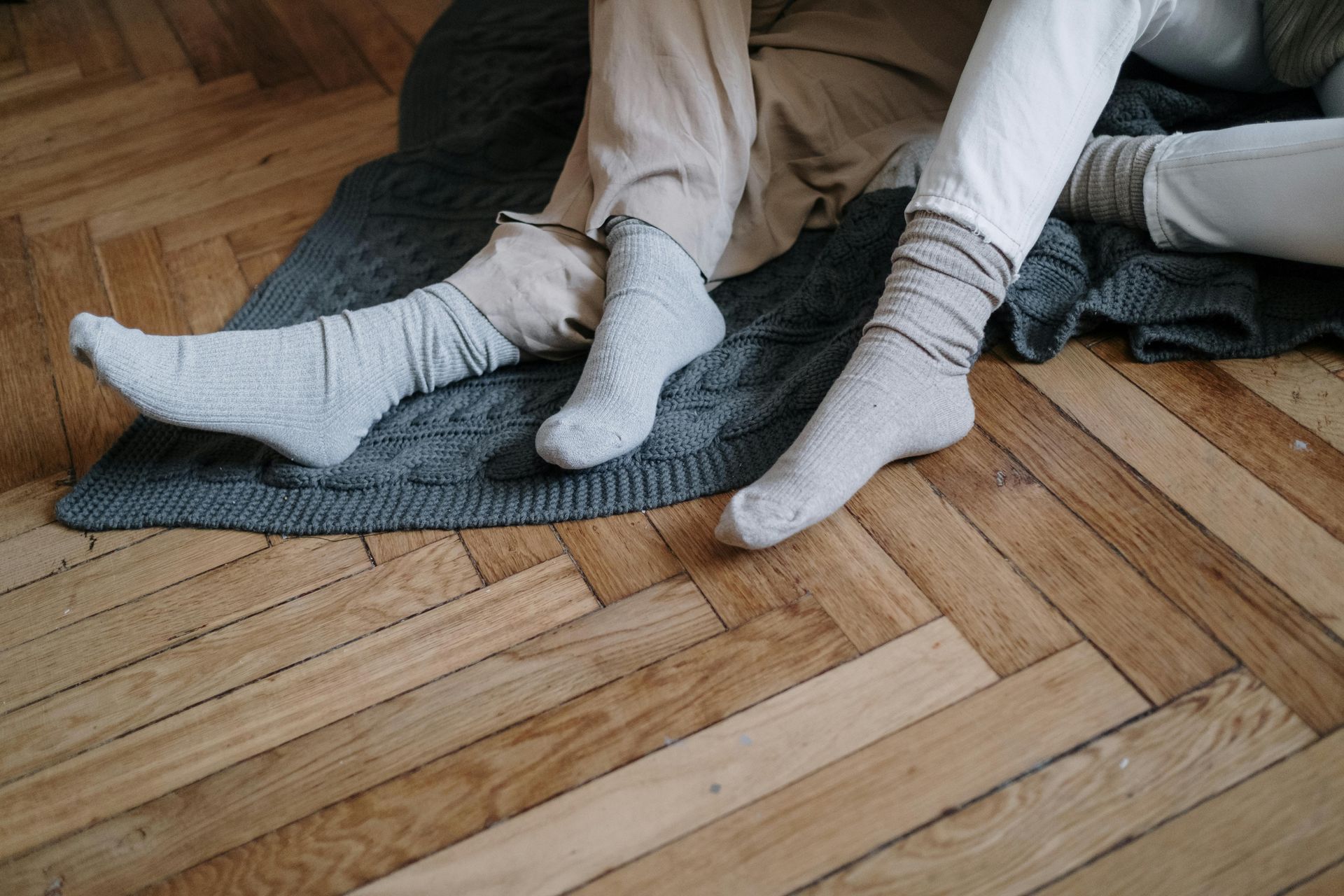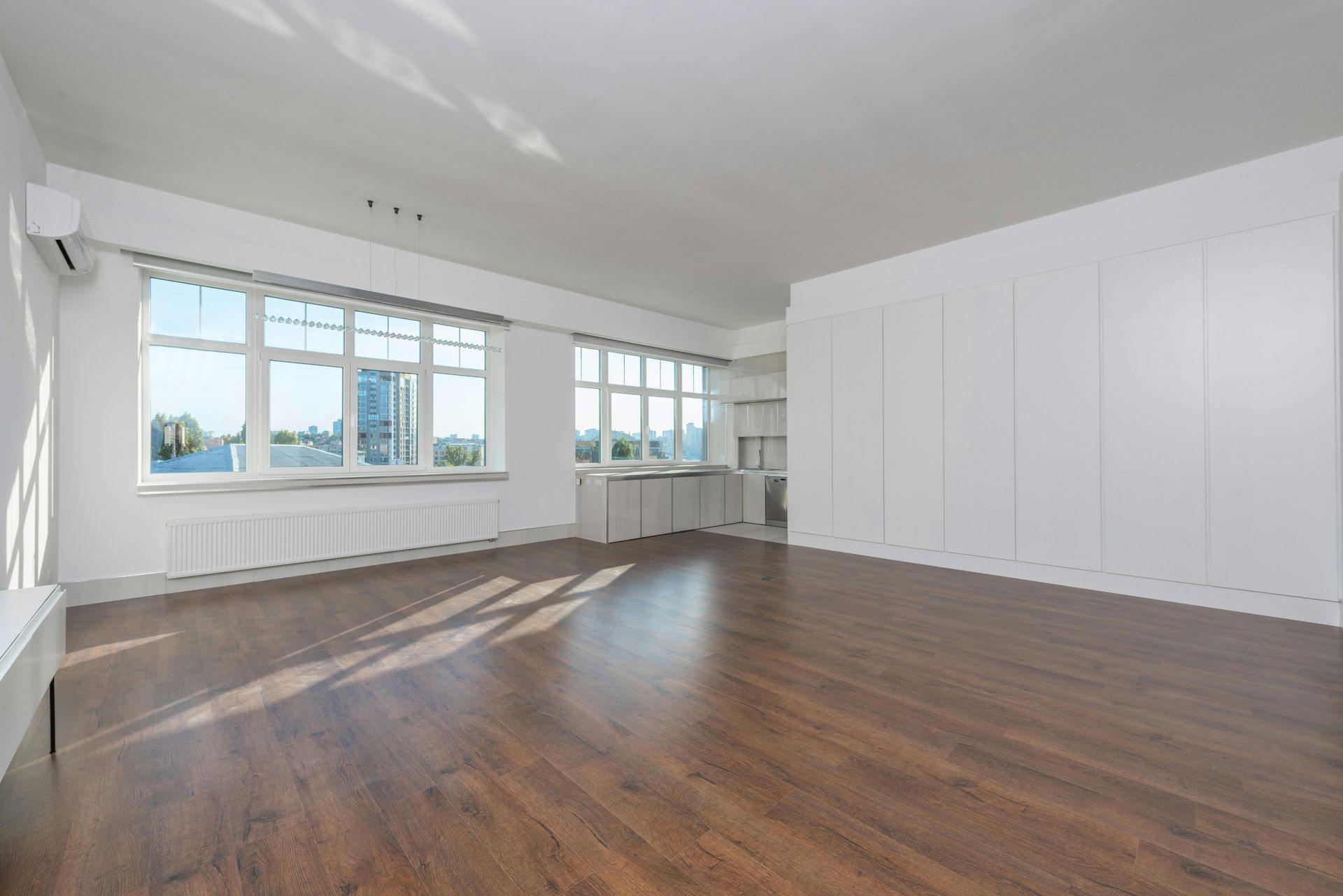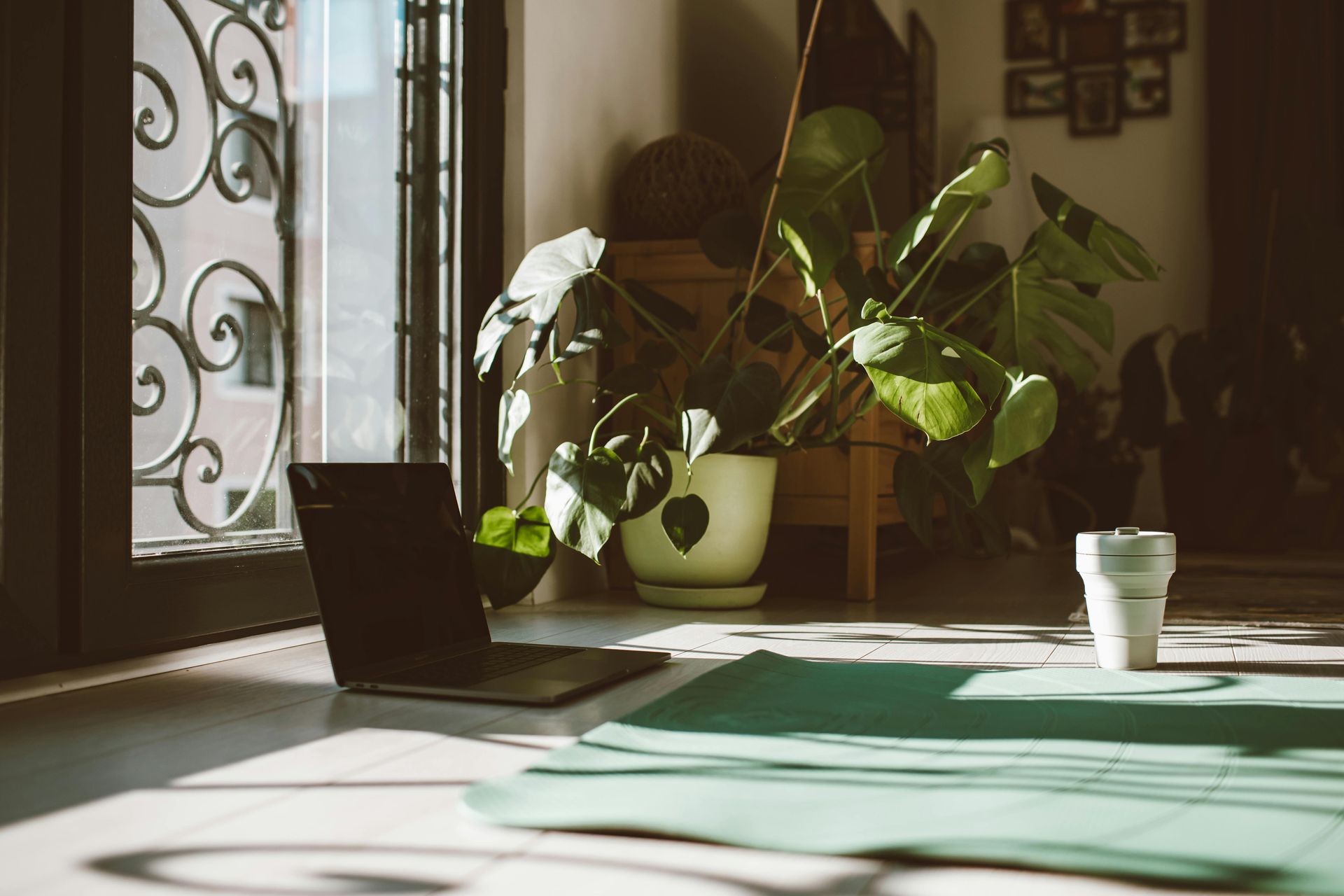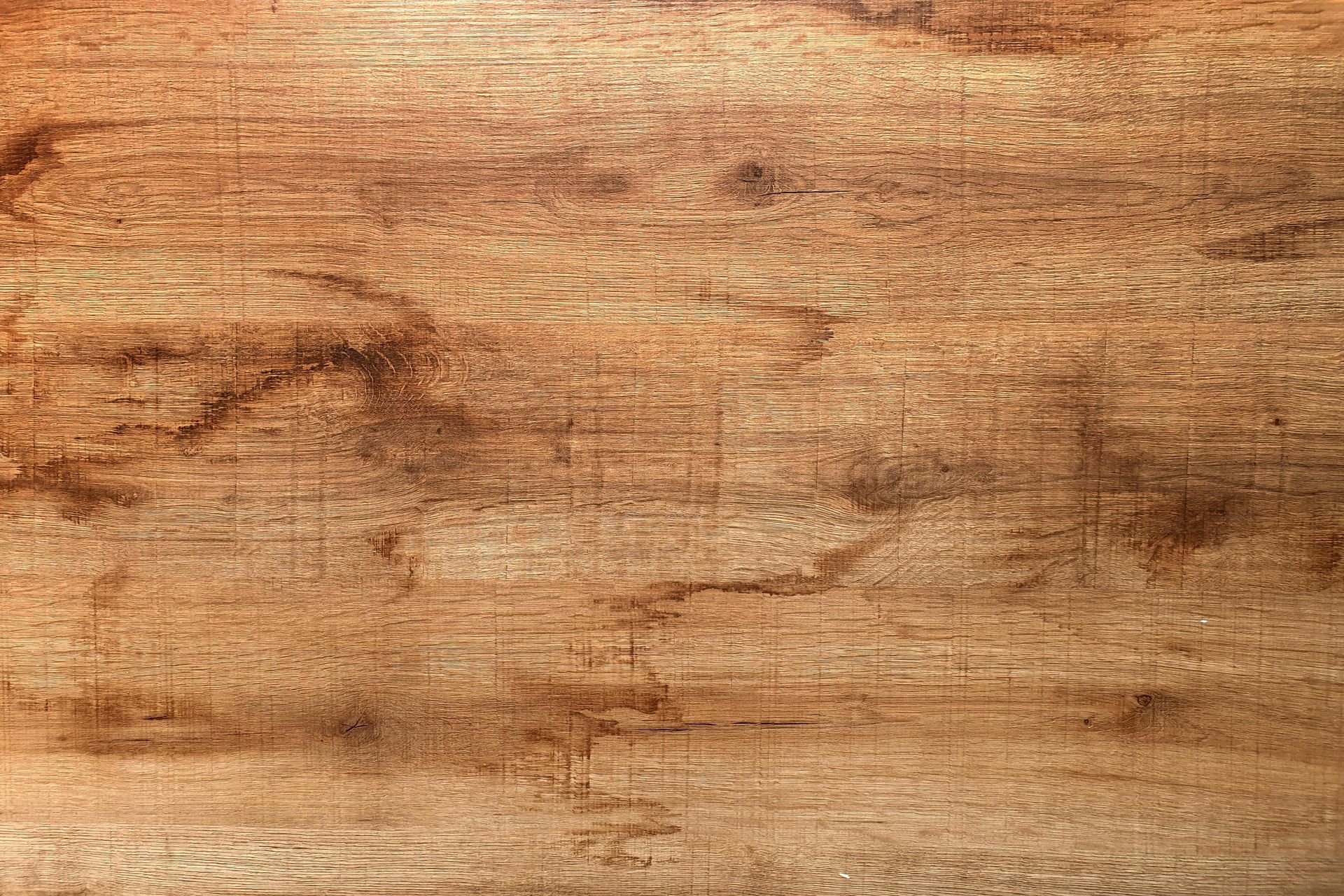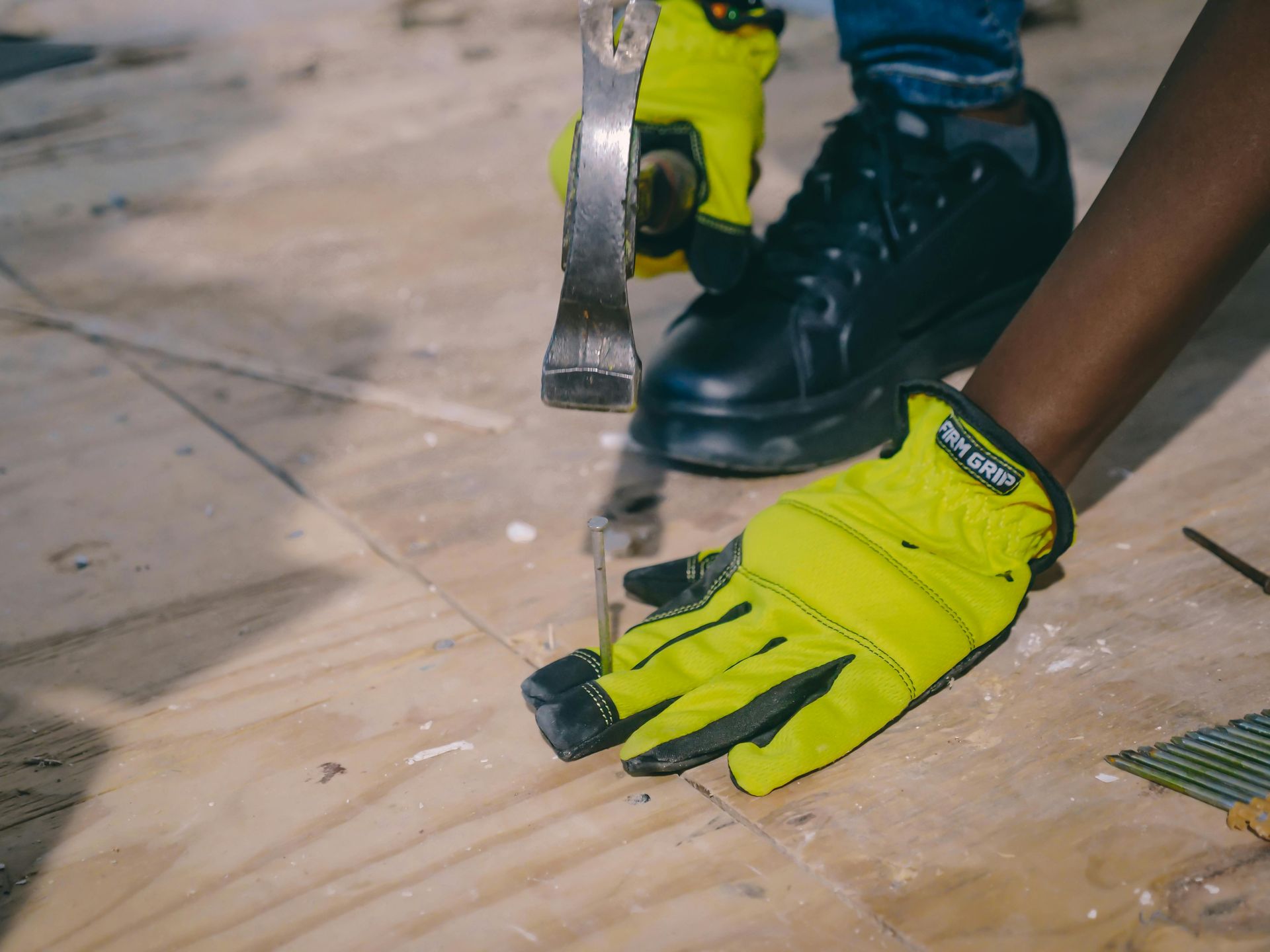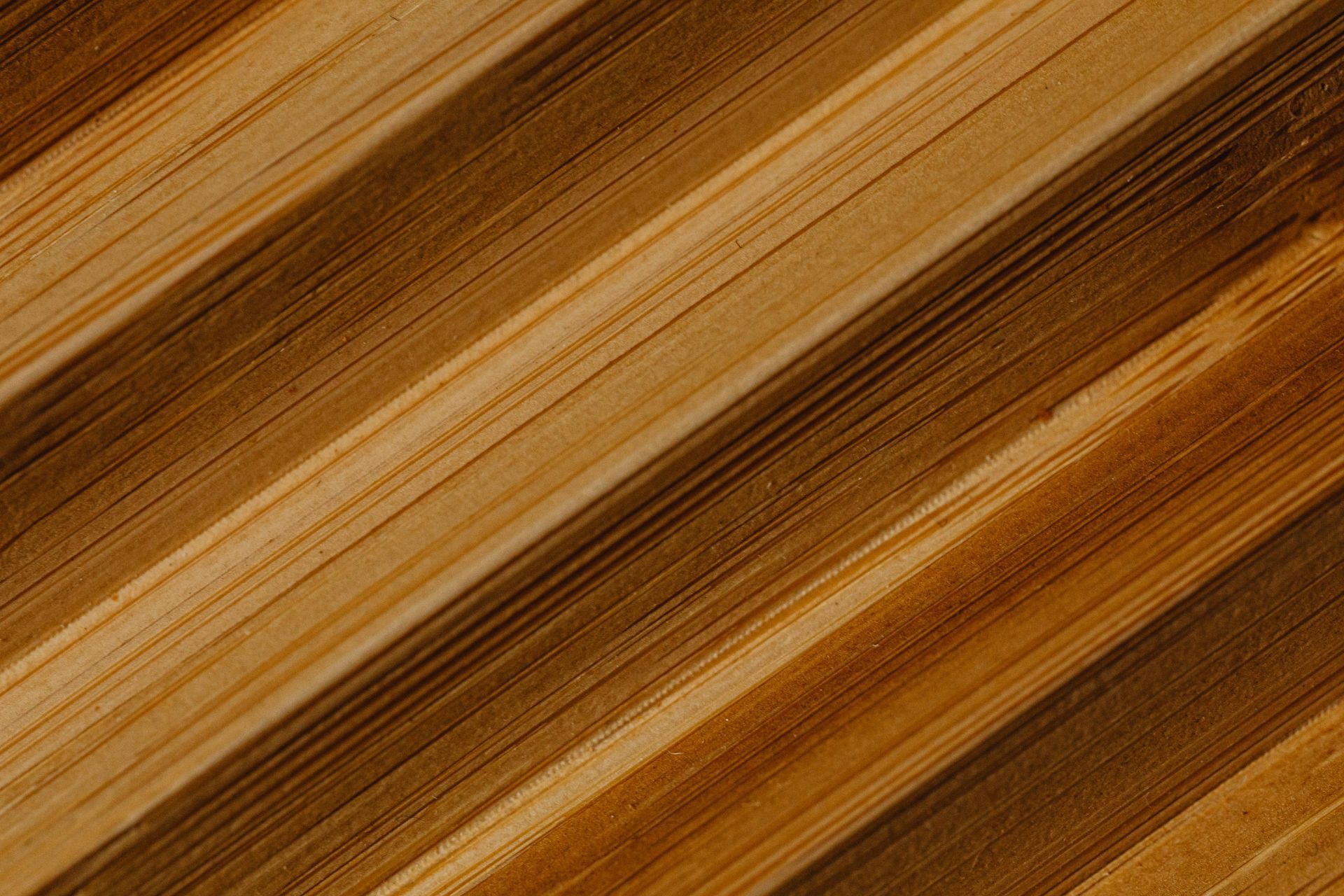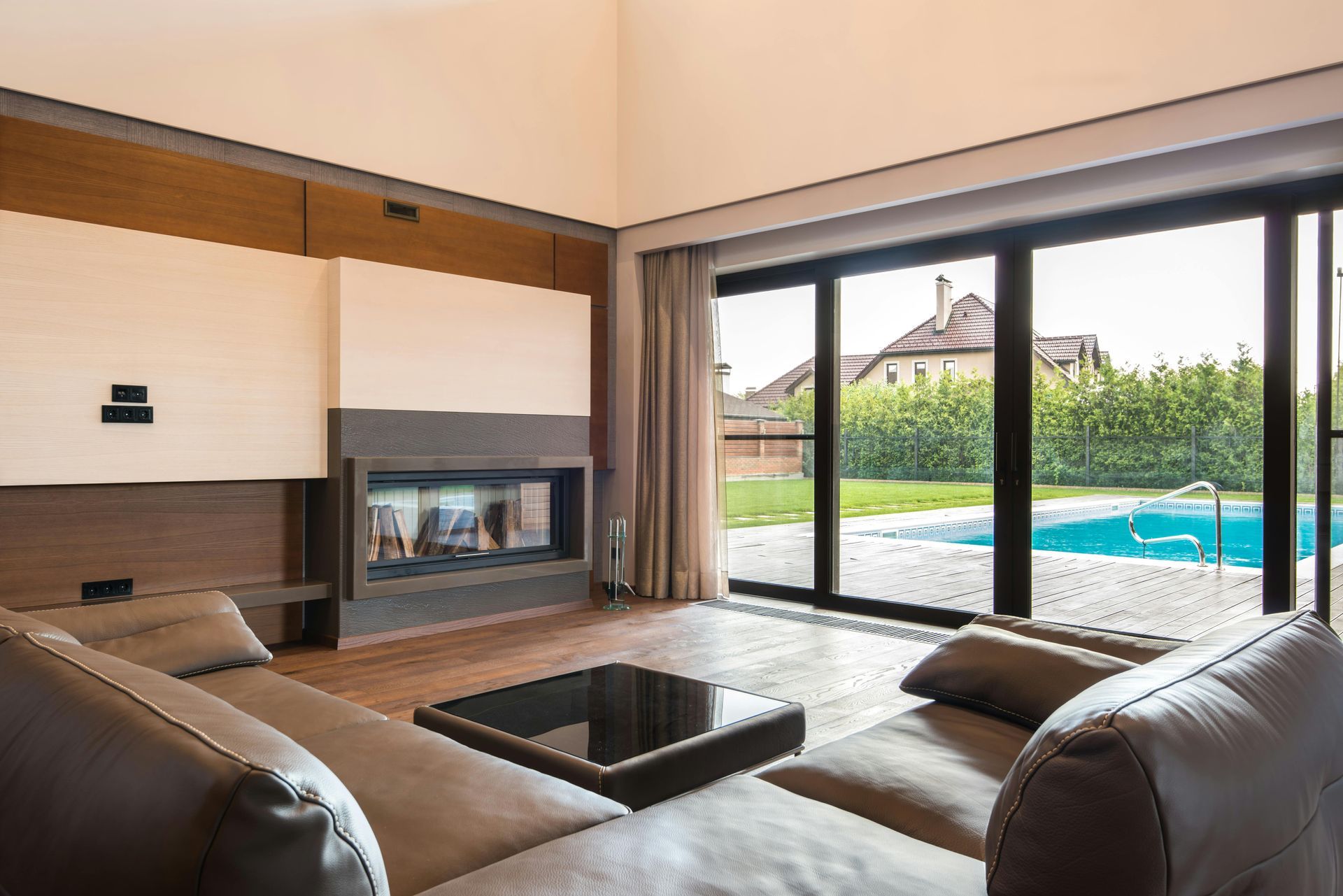"We have 2 locations to serve you.
Middleton and
Brodhead"
Credit Application-Marine Credit Union
"We have 2 locations to serve you.
Middleton and
Brodhead"
Grand flooring for our surrounding Madison Wisconsin community, adds to the beauty and value of any home, so
contact us
or
call Floors for Less
in Middleton, Wisconsin at
608-442-1200
or Brodhead, Wisconsin at
608-897-9595
to see the beauty and value we can add to YOUR home!
"We have 2 locations
to serve you.
Middleton
and Brodhead"
Good flooring at great prices adds to the beauty and value of any home, so contact us
or call Floors for Less in Middleton at 608-442-1200
or
Brodhead at 608-897-9595
to see the beauty and value we can add to YOUR home!
Floors For Less, Middleton, Location.
8604 Fairway Place,
Middleton, WI 53562
Phone: 608-442-1200
8604 Fairway Place,
Middleton, WI 53562
Phone: 608-442-1200
Floors For Less, Brodhead, Location.
2602 1st Center Ave,
Brodhead, WI 53520
Phone: 608-897-9595
2602 1st Center Ave,
Brodhead, WI 53520
Phone: 608-897-9595
Mon - Thu: 9am - 5:30pm
Fri: 9am - 5pm
Sat: 9am - 1pm
Sun: Closed
Mon - Thu: 9am - 5:30pm
Fri: 9am - 5pm
Sat: 9am - 1pm
Sat: 9am - 1pm
Sun: Closed
Middleton Store
8604 Fairway Pl
Middleton, WI, 53562
Phone: 608-442-1200
8604 Fairway Pl
Middleton, WI, 53562
Phone: 608-442-1200
Mon - Thu: 9am - 5:30pm
Fri: 9am - 5pm
Sat: 10am - 3pm
Sun: Closed
Brodhead Store
2602 1st Center Ave,
Brodhead, WI, 53520
Phone: 608-897-9595
2602 1st Center Ave,
Brodhead, WI, 53520
Phone: 608-897-9595
Mon - Thu: 9am - 5:30pm
Fri: 9am - 5pm
Sat: 10am - 3pm
Sat: 10am - 3pm
Sun: Closed
© 2020. Floors For Less. All Rights Reserved.




